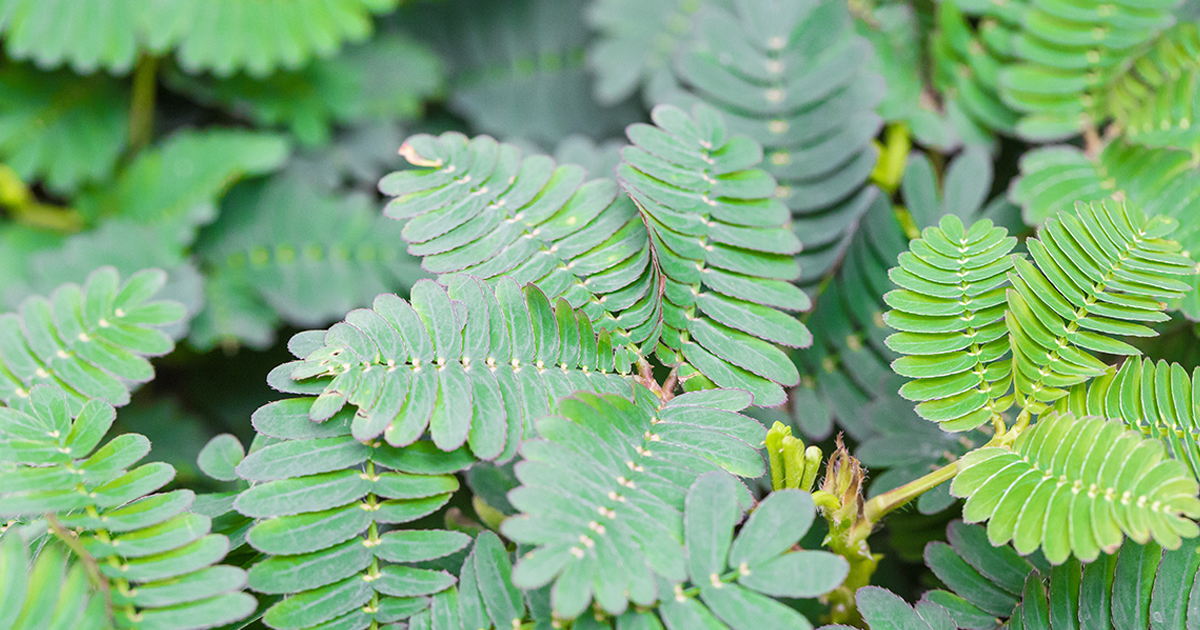
Exploring the natural world is a fantastic way to learn about ecosystems, responsibility, and the importance of caring for living creatures. A pet insect terrarium provides an accessible and fascinating way to bring a slice of nature indoors. Building one with your kids can be an educational and bonding experience. Here’s a comprehensive guide to creating a bug terrarium that’s fun, sustainable, and engaging for children.
Why Create a Bug Terrarium?
Insects are one of the most diverse and vital organisms on the planet. With a terrarium, children can:
Learn About Ecosystems: Watch how insects interact with their surroundings.
Develop Responsibility: Practice taking care of living creatures by caring for the terrarium.
Foster Curiosity: Inspire an interest in biology, ecology, and environmental science.
Engage Creatively: Design and decorate the terrarium as a creative activity.
Selecting the Appropriate Insects
Not all insects make good terrarium subjects. Try these relatively easy and safe-to-handle choices.
Stick Insects: Low maintenance, and live on leaves only from a certain few plants. Blackberry, oak are safe choices.
Ladybugs: Good to see close up and the aphids it eats are not hard to source from your garden plants.
Ants: Any ant farm provides a good introduction to the colonies’ social nature.
Pill Bugs (Roly-Polies): These crustaceans are hardy and feed on decaying organic matter.
Crickets: Active and engaging, crickets require a simple diet of vegetables and grains.
Avoid insects that are venomous, require specialized care, or are invasive species.
Materials Needed
To get started, you’ll need the following:
Container: A glass or plastic container with a lid. Ensure it has ventilation holes.
Substrate: Soil, sand, or coconut fiber, depending on the insect species.
Decorative Elements: Rocks, twigs, leaves, and moss to mimic a natural habitat.
Food and Water: Specific to the insect species you’ve chosen.
Net or Jar: For safely collecting insects.
Step-by-Step Guide to Building the Terrarium
1. Select the Container
Choose a container that’s large enough to provide space for the insects to move and explore. Ensure the lid is secure but ventilated.
2. Prepare the Substrate
Add a layer of substrate at the bottom of the container. The type of substrate depends on the insects you’re housing. For example:
Ants: Sand or a sand-soil mix.
Stick Insects: Coconut fiber or peat moss.
Pill Bugs: Moist soil with leaf litter.
3. Decorate the Habitat
Arrange rocks, twigs, and leaves to create hiding spots and climbing structures. Let your kids take the lead in designing the layout.
4. Add Insects
Collect insects carefully with a net or jar. Show children how to handle them carefully so they don’t get hurt. Put the insects in the terrarium and watch as they discover their new environment.
5. Provide Food and Water
Research what your chosen insects eat. Some examples are:
- Stick insects like fresh leaves.
- Ants might need sugar water and protein sources.
- Pill bugs eat decaying plant matter.
- Add a tiny dish or cotton ball saturated with water to keep the environment humid.
6. Care of the Terrarium
Clean the terrarium periodically by removing leftover food and waste. The substrate must be kept clean, and it needs to be changed if it is dirty.
Learning Activities
When the terrarium is established, use it as a teaching aid:
Observation Journal: Challenge children to keep a daily record of observations of the insects’ activities, diet, and interactions.
Research Projects: Get to know the insect species, their role in ecosystems, and their life cycles.
Creative Expression: Draw or paint the insects and their habitat.
Storytelling: Develop imaginative stories about the lives of the insects in the terrarium.
Tips for Success
Use Local Insects: Select species native to your locality to avoid ecological problems.
Handle with Care: Teach children to respect the insects and not handle them too often.
Monitor Health: Look for signs of stress or illness in the insects, such as lethargy or discoloration.
Release When Appropriate: If the insects outgrow the terrarium or their needs change, release them back into their natural habitat.
Safety Considerations
- Make sure that the terrarium is located in a safe, stable area.
- Watch young children during the collecting and care process.
- Wash your hands after handling the insects or cleaning the terrarium.
Advantages for Kids
Establishing and maintaining an insect terrarium can have lasting positive impacts on children:
Compassion: Insect care encourages sympathy for all forms of life.
Patience: Looking at insects helps children to learn to slow down and appreciate tiny details.
Problem-solving: Finding a way to address the needs of the insects requires critical thinking.
Teamwork: Working together to complete the project helps to create family bonds.
Conclusion
Making a pet insect terrarium with your kids is so rewarding-it’s science and creativity all tied in with responsibility. It’s the chance to have a connection with nature, understand ecosystems, and just have a sense of wonder over all the tiny creatures playing such an important role in our world. So gather all your materials and head on out to start building a bug terrarium that is sure to get your little ones’ curiosity and joy wide open.







